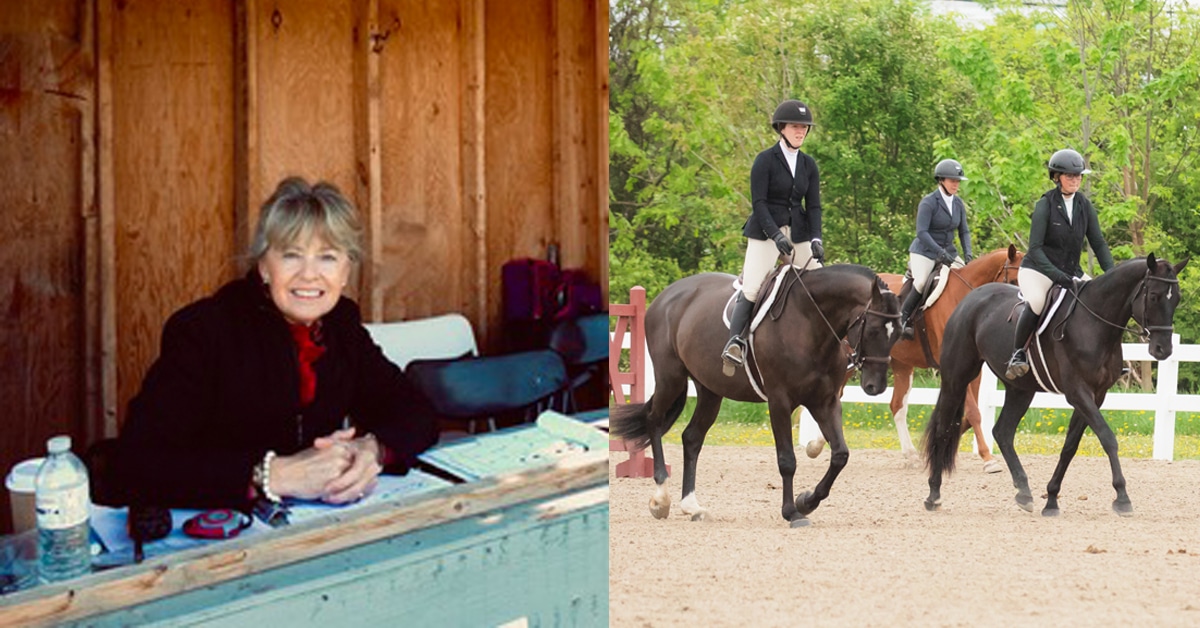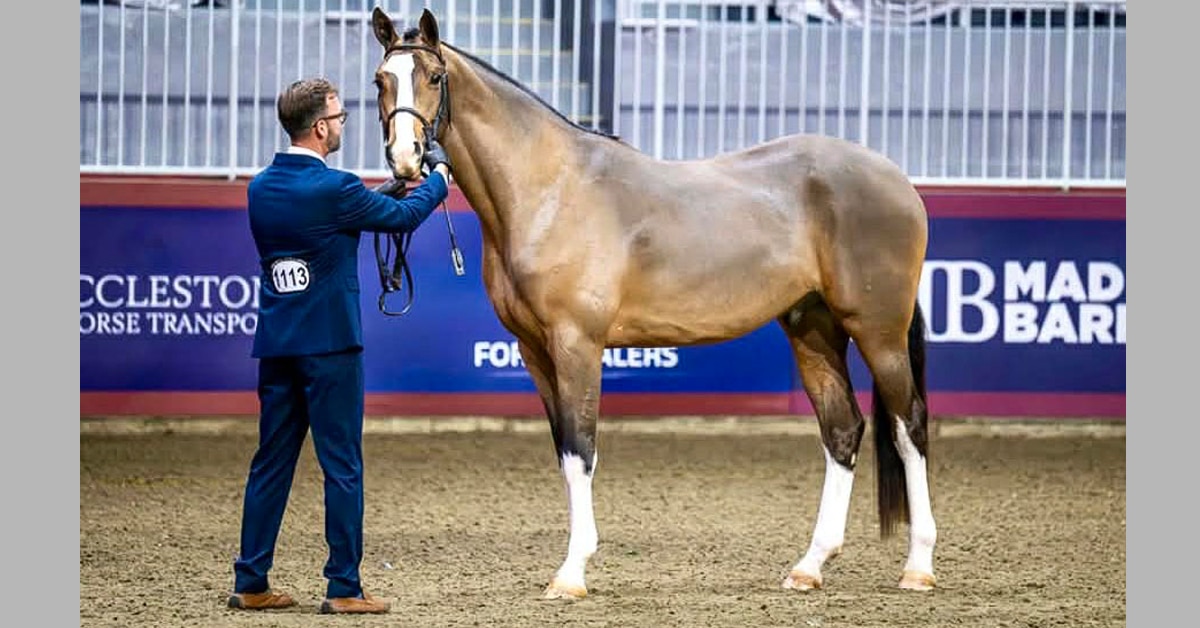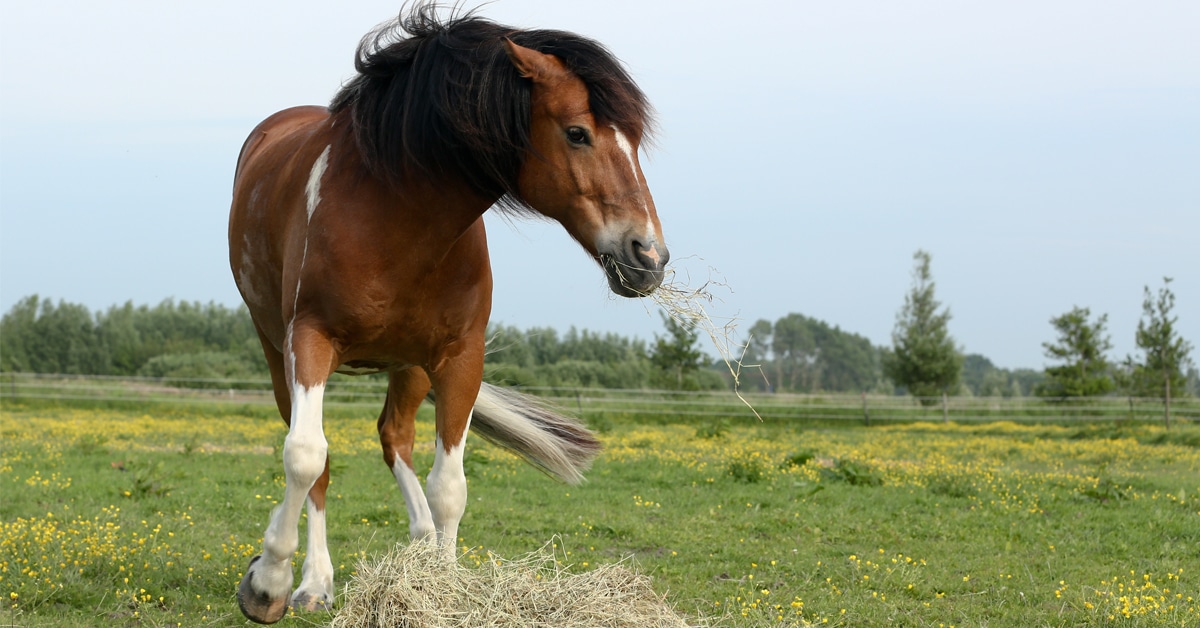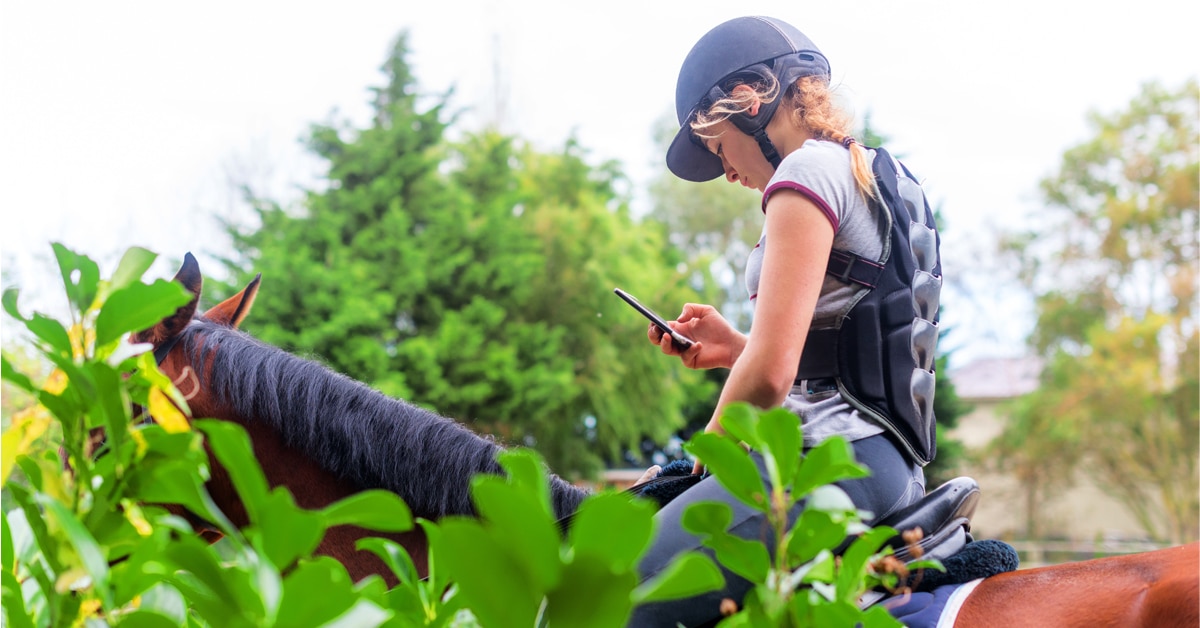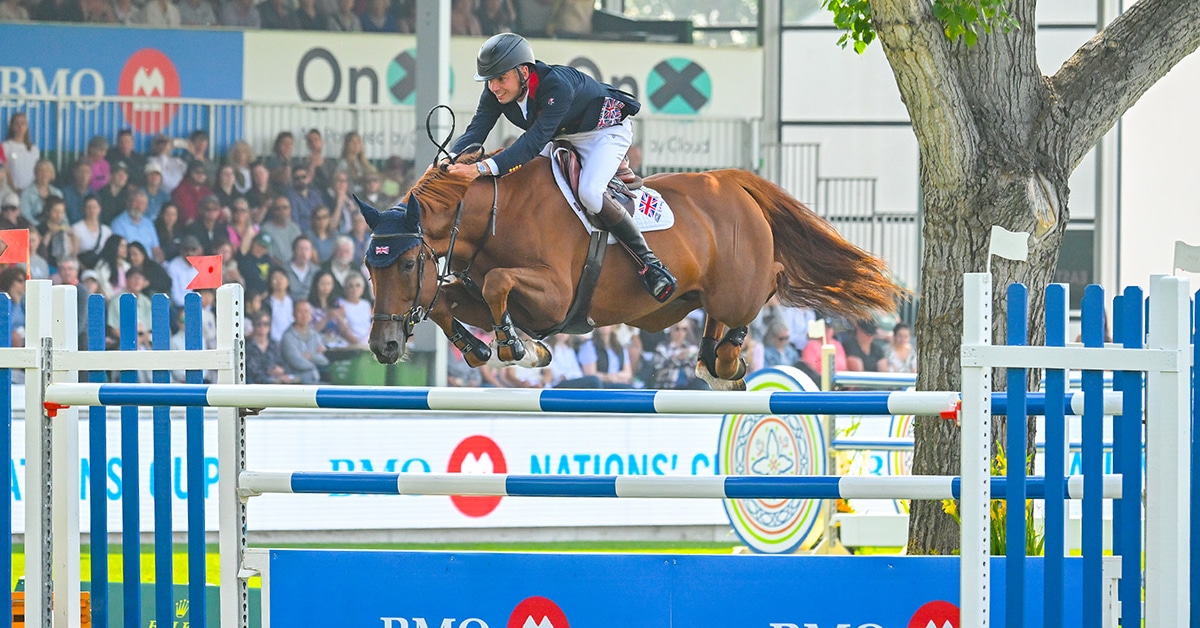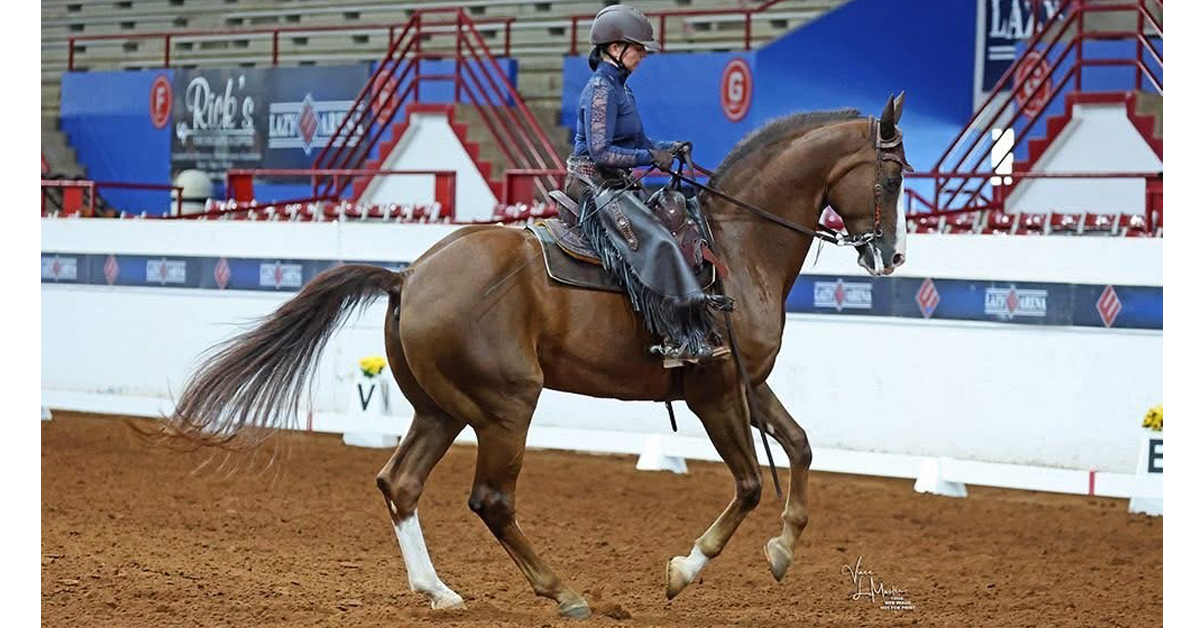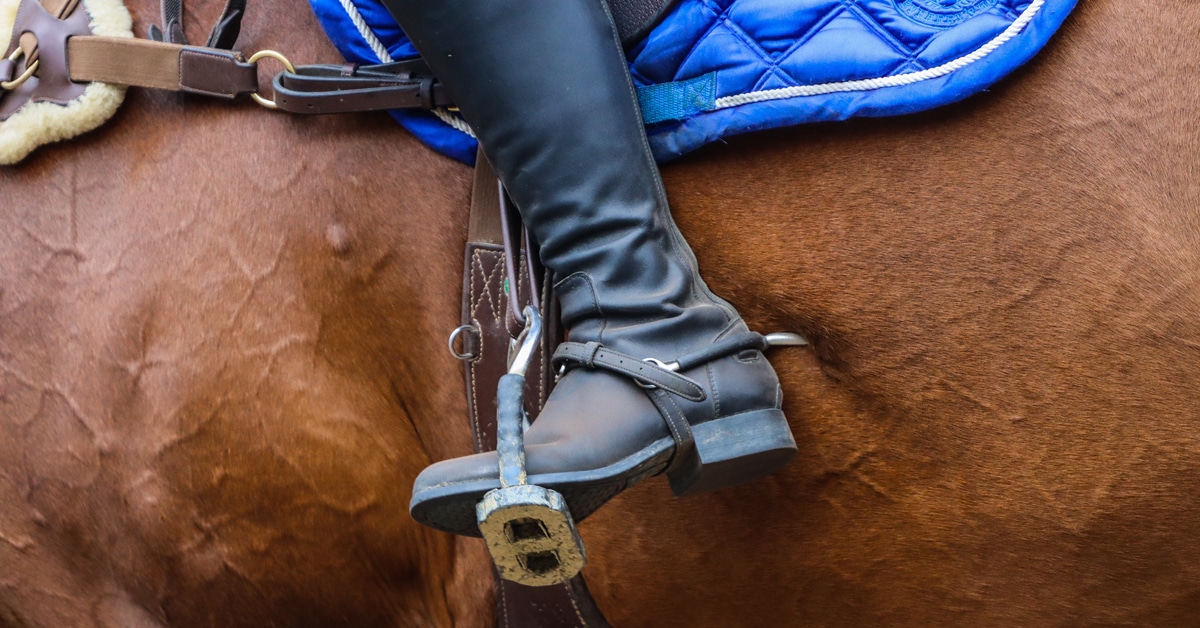Despite the wealth of information available on the subject, the intricacies of the half-halt still remain a mystery to many dressage riders, particularly those just learning the sport. In order to clear up the misconceptions surrounding the half-halt, we turned to Leah Wilkins, a successful grand prix competitor, trainer, and owner of Aislinn Dressage in Amaranth, ON.
What’s in a Name?
According to Wilkins, the biggest problem may lie in the name itself. “I don’t even like to use the term half-halt,” she says. “Using the word ‘halt’ can make riders think they should be slowing the horse down and that’s not the case at all. I prefer to say ‘balance’ or ‘re-balance,’ because that’s what the half-halt is really doing. It’s about redirecting the energy [the raw material of impulsion] you have created back to the horse’s hind end, over and over again, to keep them in balance. We don’t want to lose any of that energy, so slowing down is counterproductive. It is all about balance and redirecting energy.”
In essence, the half-halt is a momentary slowing down of the forward movement of the front end of the horse, causing the hind end to ‘catch up’ and engage, resulting a horse that is softer in the hands and capable of better self-carriage.
“We do it as often as we need to – which is way more often than you think,” she continues. “Obviously, if the horse is running through the rider’s hands or seat, you need to half-halt. But more importantly, you need it to re-balance going into a corner or preparing for a transition, or just to refresh the horse’s energy and re-direct it to the hind end to maintain the impulsion from behind and keep them lighter in the shoulder and wither.”
Recycling the Energy
Learning to execute a half-halt is often a difficult task for riders. “It’s hard because it’s really based on timing and feel,” says Wilkins. “You need a horse that is trained enough to respond correctly to the half-halt and a rider who is skilled enough to ask for it correctly. It’s not a concept I think trainers should even introduce to riders until they have mastered the fundamentals of a good position, independent seat, strong core, and good balance. The rider must be able to keep the horse in front of the leg, reaching into the bridle and maintaining a steady contact. If the horse is behind the leg there isn’t enough energy to begin with, let alone to redirect to the hind end.”
Once the rider has achieved these basics, Wilkins suggests riding a schoolmaster to learn how the half-halt should feel. It doesn’t have to be an FEI-level mount, just a horse that is solid at least through second or third level is ideal, one that understands the cues of a slightly deeper seat, tightening of the core, and squeeze-and-release of the hand.
“Balanced transitions are the best way to practice half-halts, both between gaits and within the gait itself,” she says. “Think about coming down towards walk – without actually walking – to redirect that energy back to the horse’s hind legs.” The half-halt alerts the horse that something important is about to happen. “You should have that feeling that they are ready for anything in that moment; you could canter or you could halt. Maintain the energy and keep recycling it back to the hind end and you will have a balanced, responsive horse.”
THE HALF-HALT, DECONSTRUCTED
1. Apply the driving aids with seat and legs, keeping the horse in front of the aids with swinging hips and a flowing back.
2: Bring your horse back by sitting deep and tall, tightening your core muscles briefly. Keep your wrists supple; never pull, just squeeze. Hold for one stride only; if you don’t get a response, soften and repeat instead.
3: Once the horse has come back, soften your spine and drive out again with your hips and legs.
The Latest
